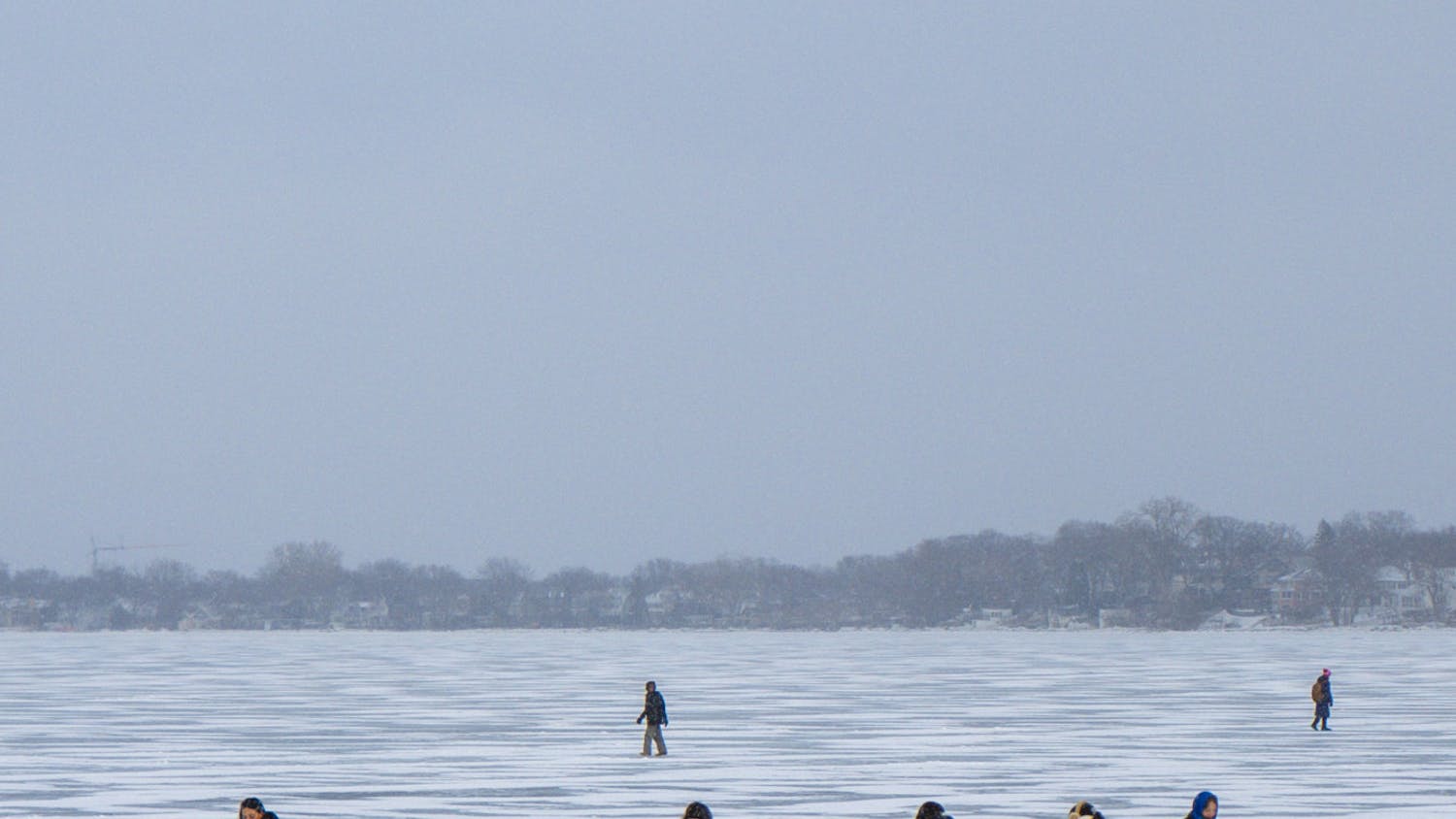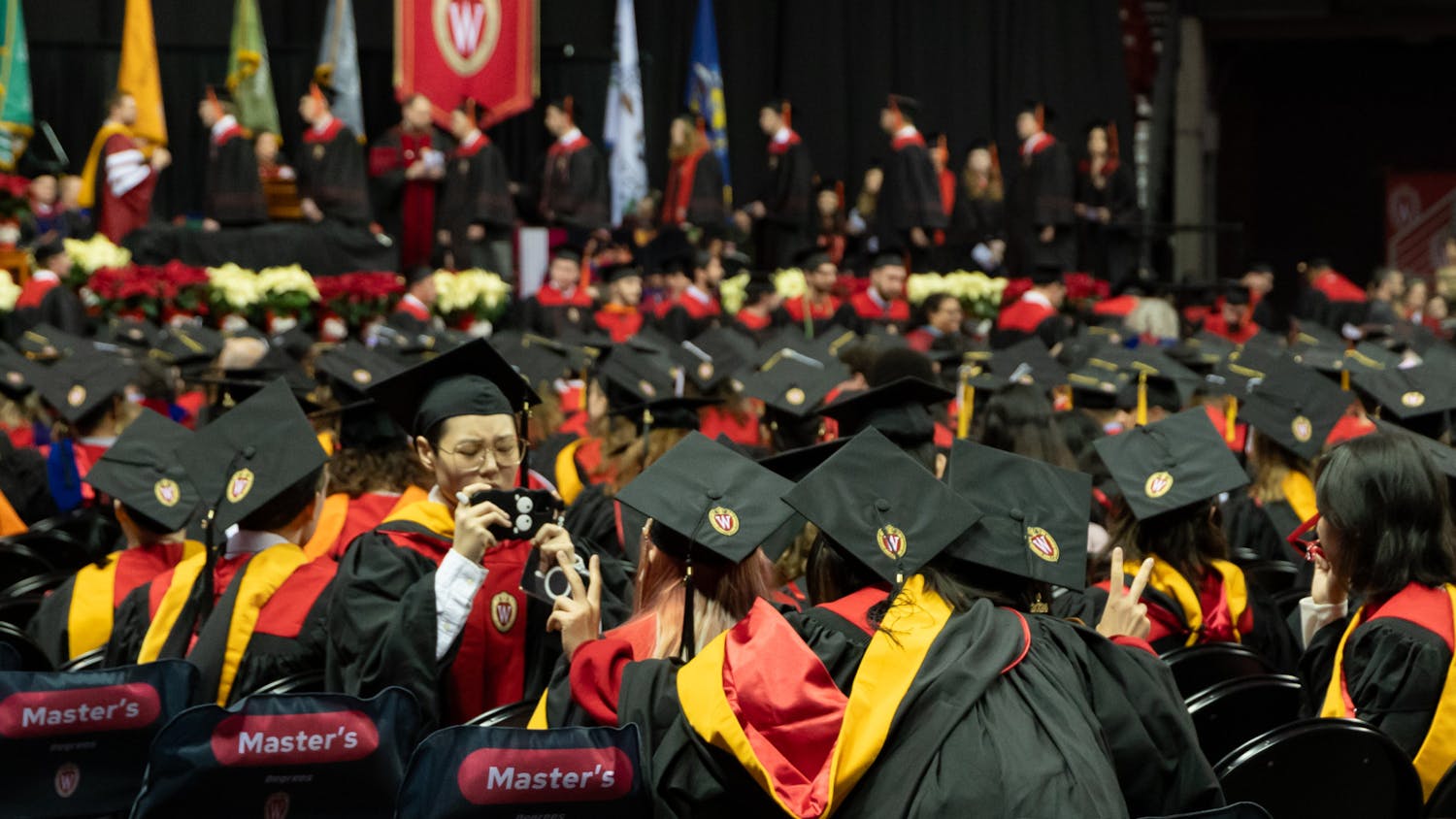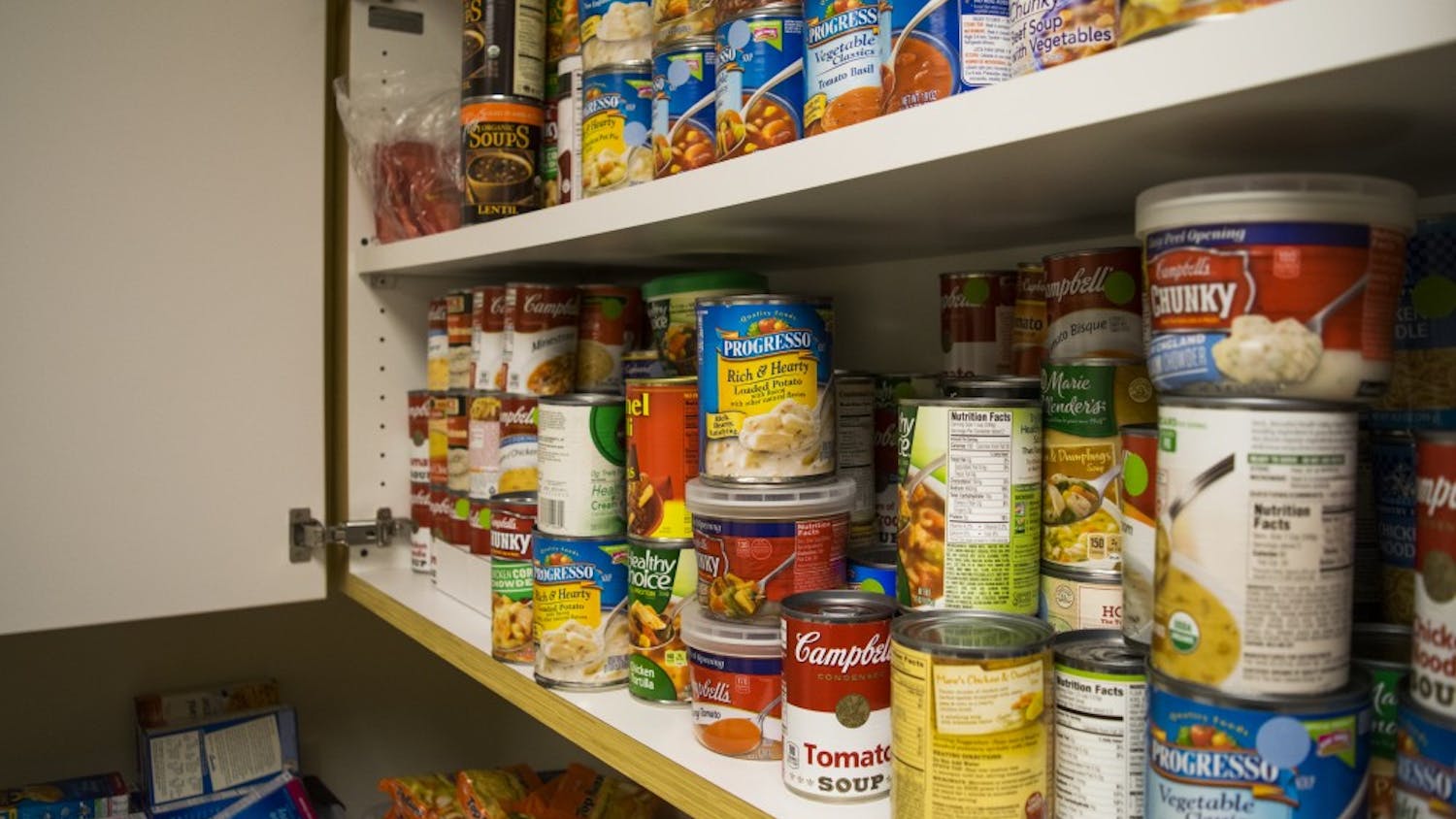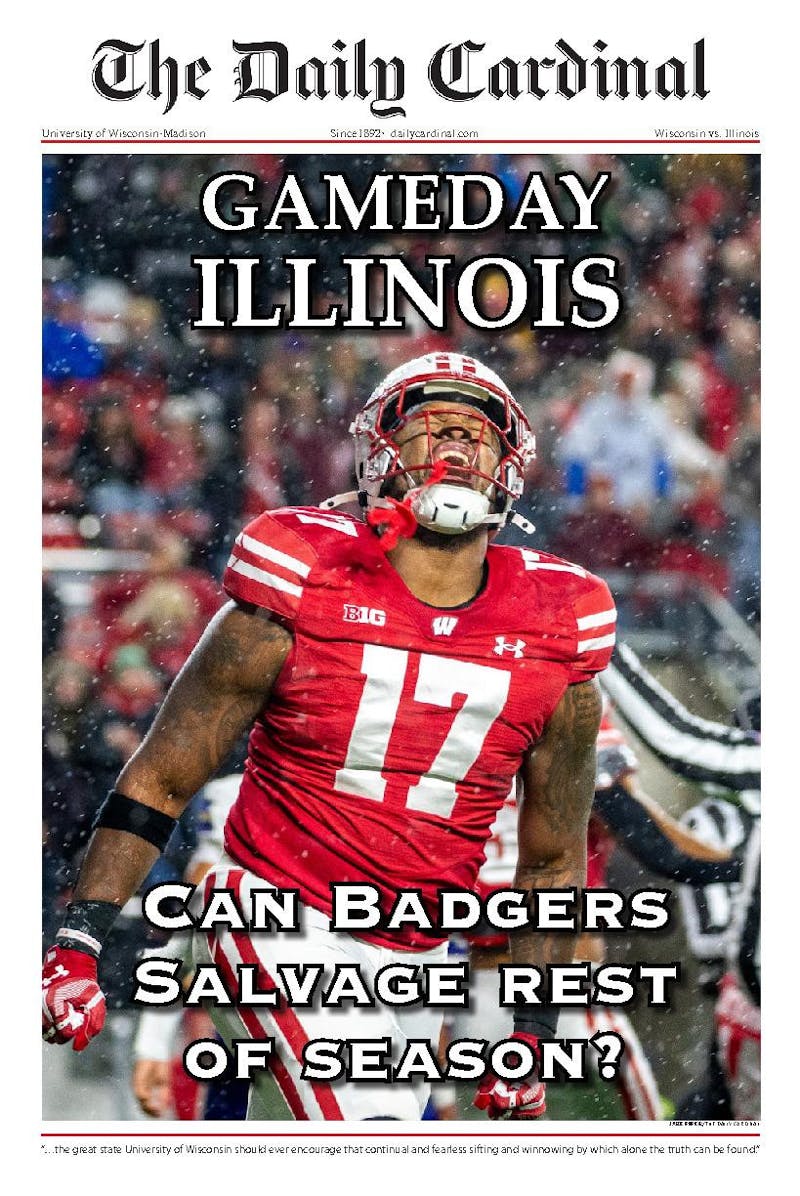I hate to beat a dead horse - o or a defenseless UW student in the case of some - o by discussing campus safety, but unfortunately it remains an unpleasantly real problem persisting into this fall semester.
The still unsolved kidnapping and murder of Kelly Nolan over the summer had many students on edge as they returned to UW. Madison police again arrested Paul Aud - charged last summer with punching the aforementioned UW student numerous times in the head and attempting to sexually assault her - in late August for lewd behavior.""
It's a comforting thought that a man charged with kidnapping, second-degree attempted sexual assault and substantial battery was let loose on bail just in time for fall semester.
Meanwhile, that wacky biting monkey that bit a woman at State Street Brats a few weeks ago was banned from Madison. For those of you keeping score, that's violent sexual predators: tolerable, biting monkeys: prohibited.
On a positive note, the Downtown Safety Initiative, created in early 2007 as a response to recent high-profile assaults, has purportedly succeeded in reducing crime in the campus area. The latest endeavor to combat crime is the installation of eight wireless surveillance cameras on State Street and University Avenue near campus by mid-September.
The system will use Mad City Broadband to stream live images to squad cars so officers can monitor activity in real-time. Instead of constant surveillance, however, officers will periodically monitor the cameras from their squad cars.
Let's be honest: The majority of surveillance footage will consist of rowdy yet harmless drunken shenanigans, walks
of shame and the like.
The likely outcome involves amused policemen observing the inebriated masses engaged in whatever drunken debauchery strikes their fancy, and overcrowding at the drunk tank.
The cameras will also, however, aid police investigations into any actual serious crimes the cameras manage to catch. They will likely prove an invaluable tool in such a situation.
Yet, while these cameras will no doubt assist in investigations of crime, will they prevent it as well? If one is attacked, cameras provide little more to students than the comfort of knowing at least the incident will be preserved by a camera perched on a light post.
In addition, what's to stop crime from simply shifting to new areas, disastrously moving to residential neighborhoods sans cameras?
And there's that inevitable question of civil liberties and personal privacy. The use of surveillance cameras in public areas potentially creates a lot of ethics gray areas.
It is important that well-defined policies for their use are set in place and stringently followed to ensure the video is not used in a manner that infringes on citizens' rights.
The policy should include guidelines for archiving and disposing of collected video footage. In addition, records for which officials have access to surveillance data should be documented, and punishment for misuse must be outlined.
Although the addition of surveillance cameras must not be regarded as the finite answer to the issue of downtown safety, it can do no harm, conspiracy theorists and their Orwellian arguments aside. Any attempt to thwart crime is helpful.
However, after getting over the initial trepidation of being filmed at their drunken best, students must not be lulled into a false sense of security downtown. The cameras do not eliminate the possibility of crime.
Time will tell if the cameras are effective in reducing crime in the area.
In the meantime, cameras are not a substitute for keeping one's guard up. Students must continue to watch out for one another and persist in making smart decisions to keep themselves safe.
Michelle Turcotte is a junior majoring in something. Please send responses to opinion@dailycardinal.com.






